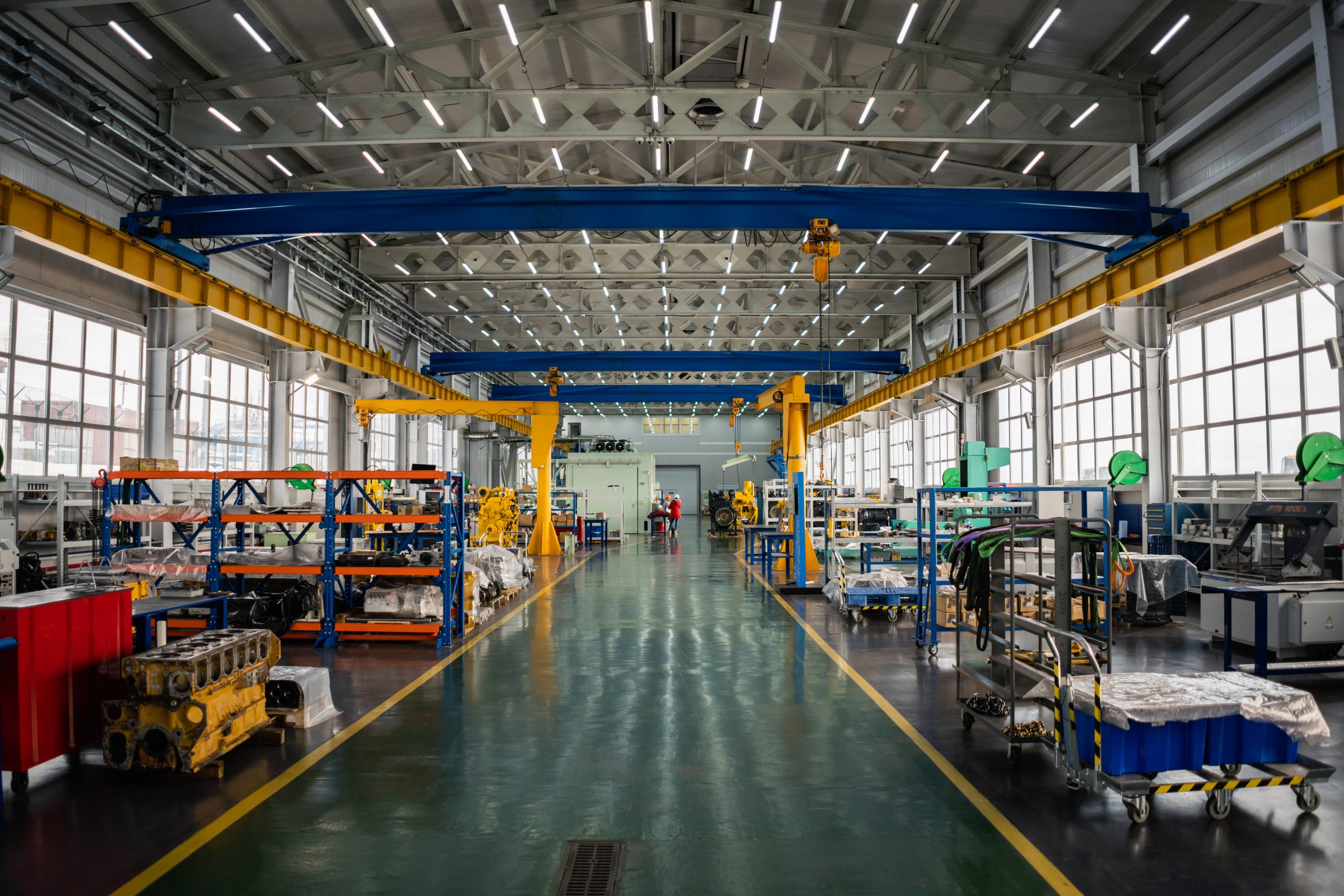If history is any indication, the short-term adjustments the manufacturing industry has made in the past few months (in response to COVID-19) could lead to changes that last for decades. While most of us are hoping that the pandemic ends soon, and that things will go back to normal, there’s a good chance many things will never be “normal” again.
Millions of people have had to dramatically, and quickly, change the way they work, socialize, communicate with each other, and consume products. Manufacturers who understand how to accept this “new normal” will be able to capitalize on many opportunities for growth in the future.
Short-Term Turned Long-Term
History, even recent history, has shown us how often short-term measures become long-term practices. For example, the Great Depression significantly changed the role of our government in the financial system. Many people who have lived through that time pinched pennies for the rest of their lives. After the 9/11 attacks, several travel security, cybersecurity, and governmental surveillance measures instituted during that time are still in place. The Great Recession of 2007-2009 accelerated our shift from an “ownership economy” to an “experience economy,” as well as the reliance on off-shore production.
The COVID-19 pandemic has already pushed several consumer trends forward, like online learning, working from home, and consumer goods delivery. Some experts are referring to this as the “shut-in economy.” These adaptive habits will most likely stay embedded in our daily lives for years to come.
So, What Does That Mean for Manufacturing?
For the first time in modern manufacturing history, demand, supply, and workforce availability have all been affected, globally, at the same time. Companies producing vital goods like personal care, paper, and pharmaceuticals are having a hard time keeping up with the demand—which is largely driven by panic.
On the other hand, some companies are seeing dramatic drops in their demand. They’re trying desperately to cut their operational costs during this time. Pretty much every major manufacturer is seeing disruptions across their supply chains.
While office employees can shift to remote work fairly easily, most factories aren’t designed to be managed remotely. They also often lack the digital tools, and the infrastructure to support that kind of function.
The Long-Term Effects
At this point, it’s time to look past the short-term solutions, and figure out the possible long-term changes to the entire manufacturing industry. Some of these trends even started before the COVID-19 pandemic, and were merely pushed forward by the circumstances.
Domestic Manufacturing
A lot of companies are now experiencing the negative aspects of being reliant on off-shore supplies for their basic manufacturing needs. Machines currently account for 85% of GDP, and we expect to see a rise in incentive plans to bring back manufacturing segments that are essential for national resilience and sustainability. Governments are likely to use domestic manufacturing as a part of their plans to build up resilience for crises in the future.
Automation will most likely be a crucial part of the effort to revive domestic manufacturing.
Decoupling of Supply Chains
Supply chains are no doubt experiencing a big shock right now—especially those that rely on long and rigid supply chains from a smaller number of suppliers. Companies should invest in making their supply chains as transparent as possible, as well as more predictable and resilient. Using a wider base of global suppliers is a good place to start. That will help them gain significant advantage for the future.
Data Infrastructure
The Economist announced in 2017 that data had become the world’s most valuable resource—and that has been especially true during COVID-19. Data will become an even more strategic resource across several facets of both society and business in the near future. This most likely means we’ll see greater investment in data connectivity, among other things.
Remote Work
It’s true, manufacturing simply requires people to be physically present—they run, assess, and repair machines on a regular basis. With social distancing, however, manufacturers are losing up to 50% of their on-site personnel. We expect to see a rise in remote diagnostic, management, and collaboration tools, which will eventually lead to what experts call a “virtual shift” and a “physical shift.” Essentially, the virtual shift will connect remotely online in order to guide and support the reduced physical shift of people.
While COVID-19 might pass, its effects on the way we do business, and the way our world operates as a whole, will fundamentally change. Those who learn how to adapt will have a significant advantage over those who think things will just go back to the way they were.
Interested in more of the latest manufacturing news? Visit our News page.


